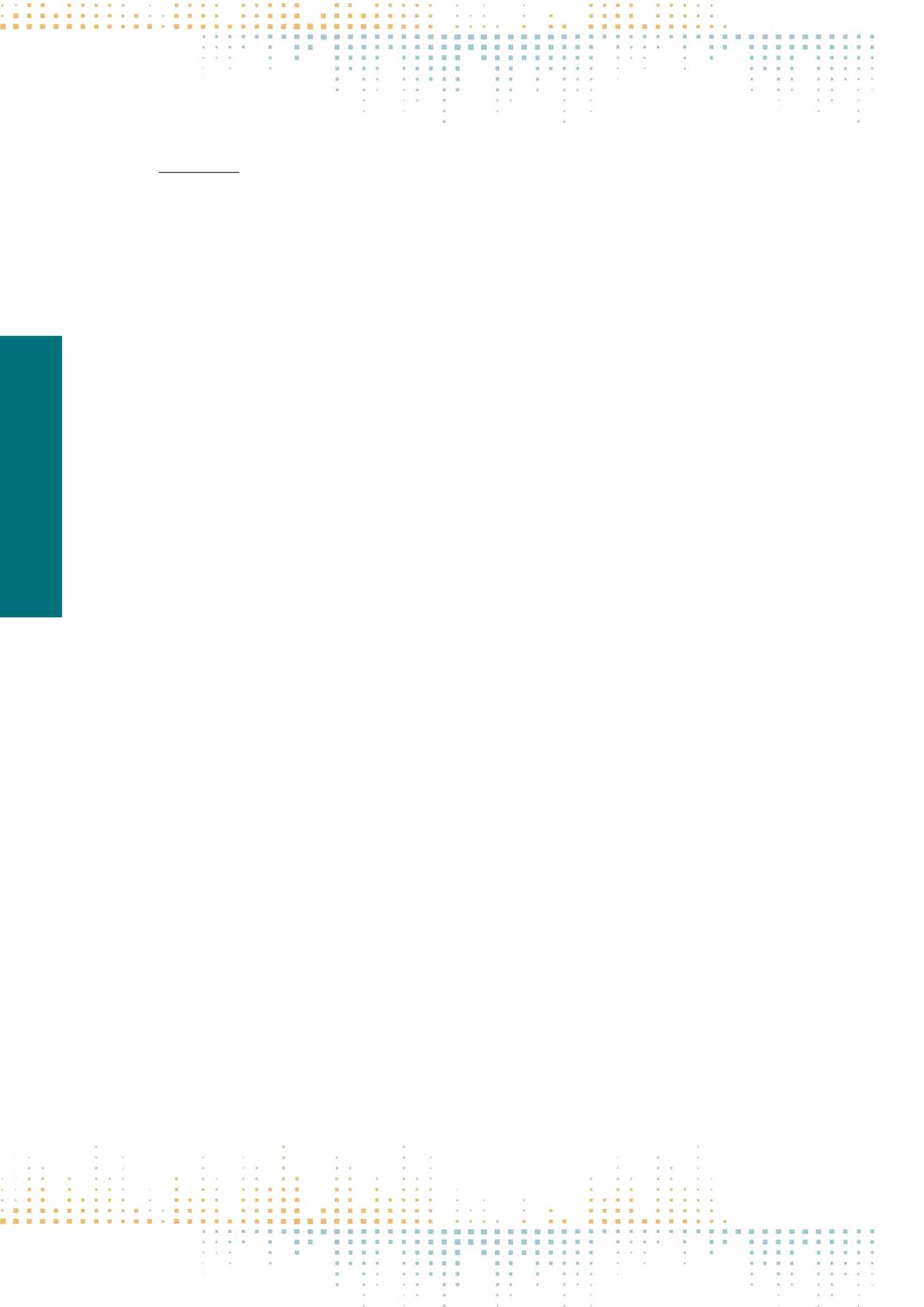

398
Friday, November 11
1 8 : 0 0 – 1 9 : 3 0
PP 450
Beyond False Balance: How Changing Journalistic Norms and Interpretations Shape Media Coverage of Climate Change
M. Brueggemann
1
, S. Engesser
2
1
University of Hamburg, Institute for Journalism and Communication Research, Hamburg, Germany
2
University of Zurich, IPMZ, Zurich, Switzerland
This study seeks to explain two pre-eminent features of transnational media coverage of climate change: The framing of climate change as harmful hu‑
man-induced risk and the way that reporting deals with contrarian voices. While a wide variety of factors shape media content, this study focusses on
the role of journalists, their interpretations and their professional norms as relevant influences on public debates about climate change. The basic view
of climate change as represented in the reports of the IPCC and in scientific journals (Oreskes 2004; Anderegg, William R. L. et al. 2010) may be summarized
as the “climate change frame”: Global warming exists, is anthropogenic and harmful and should be addressed by reducing greenhouse gases (Shehata/
Hopmann 2012; Brüggemann/Engesser 2014). Yet, particularly in the US, Britain and Australia and less so in wide parts of Europe, salient voices backed by
parts of the political elites challenge one or several of these claims (Leiserowitz et al. 2013; Capstick/Pidgeon 2014). Past studies have found that denial
of anthropogenic climate change finds its way into journalistic reporting, albeit to different degrees in different countries and in different types of media
outlets (Boykoff/Boykoff 2004; Boykoff 2007; Shehata/Hopmann 2012; Grundmann 2007; Grundmann/Scott 2014; Painter 2011; Painter/Ashe 2012). An‑
alytically, two sources of distortion (Schulz 2011: 68, 89), can be distinguished: (1) Biases, understood very broadly as preferences or inclinations to treat
a topic in a certain way (Lee/Grimmer 2008) and (2) media logics driven by e.g. professional norms and routines of journalists (Altheide 2004). Past studies
have shown that conservative media and journalists, particularly in the US doubt climate change in their coverage (Carvalho 2007)(Elsasser/Dunlap 2013).
Journalistic norms, most importantly the norm of balance but also practices like dramatization, have been advanced to explain why journalists quote
climate skeptics (Boykoff/Boykoff 2004; Boykoff/Boykoff 2007). Yet, past studies have not been able to directly analyze this process, as, methodologically,
interviews or surveys among climate journalists have to be connected to a content analysis of their coverage in order to analyze the role of bias and norms
of individual journalists in their coverage. This study has pursued this endeavour analyzing a sample of articles in four different types of news outlets (con‑
servative, liberal, regional, online) in five countries (Germany, India, Switzerland, the UK, the US) (N= 747 articles written by 62 journalists in 2011/2012).
We find that journalism has moved beyond falsely-balanced coverage of climate change. And this can be explained by both, a learning process among
journalists and a move towards interpretive reporting. A broad majority of journalists shares the view of climate science and clearly expresses it in coverage
and commentary. Contrarians are mentioned, but clearly contextualized. Yet, we also show, how the bias of a few contrarian journalists leads to the survival
of denial of climate change and how quite a few journalists in the British and US contexts are hooked on the story of “warners vs. deniers” thus missing
the chance to develop new narratives and frames to debate climate change.



















